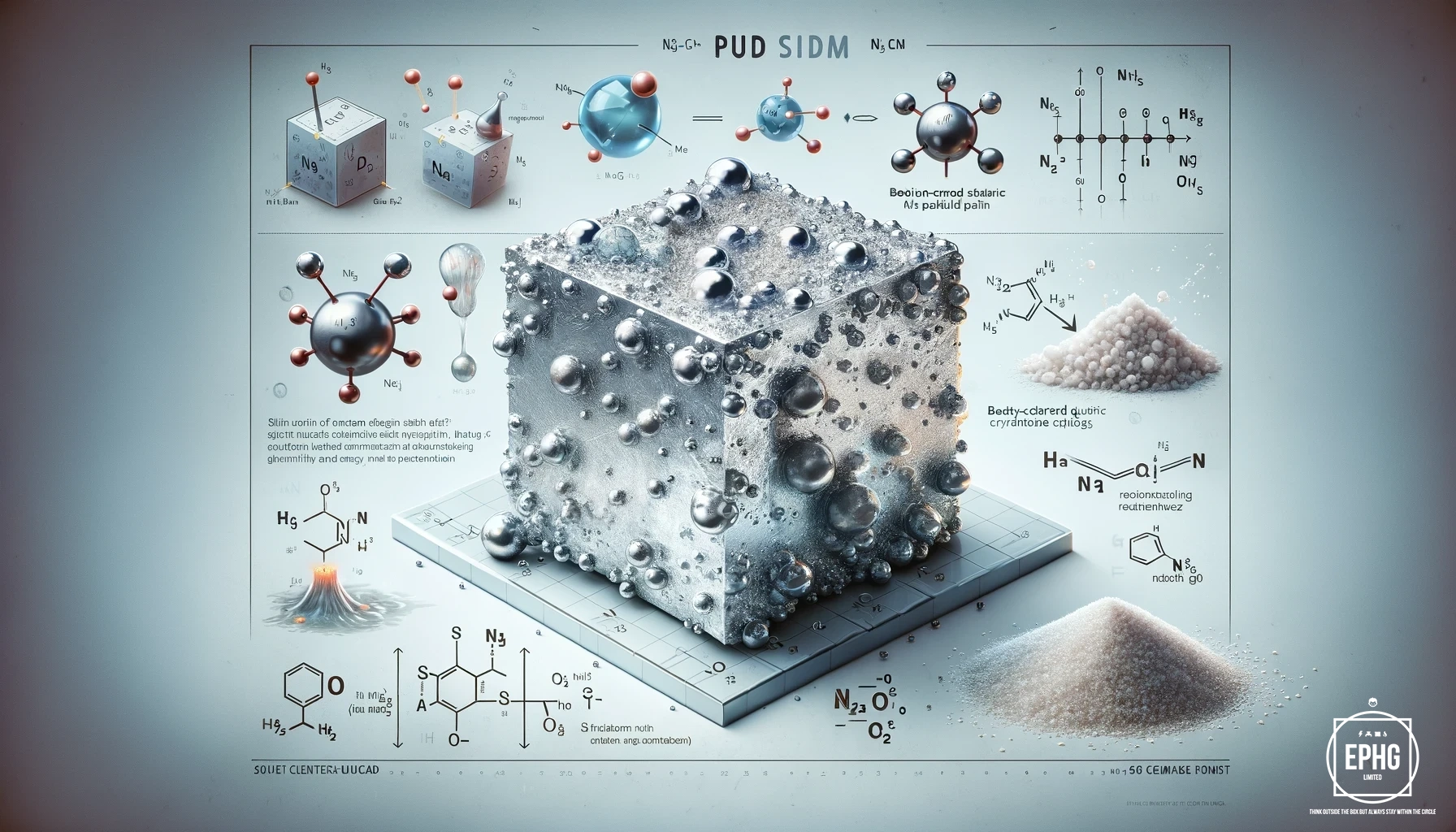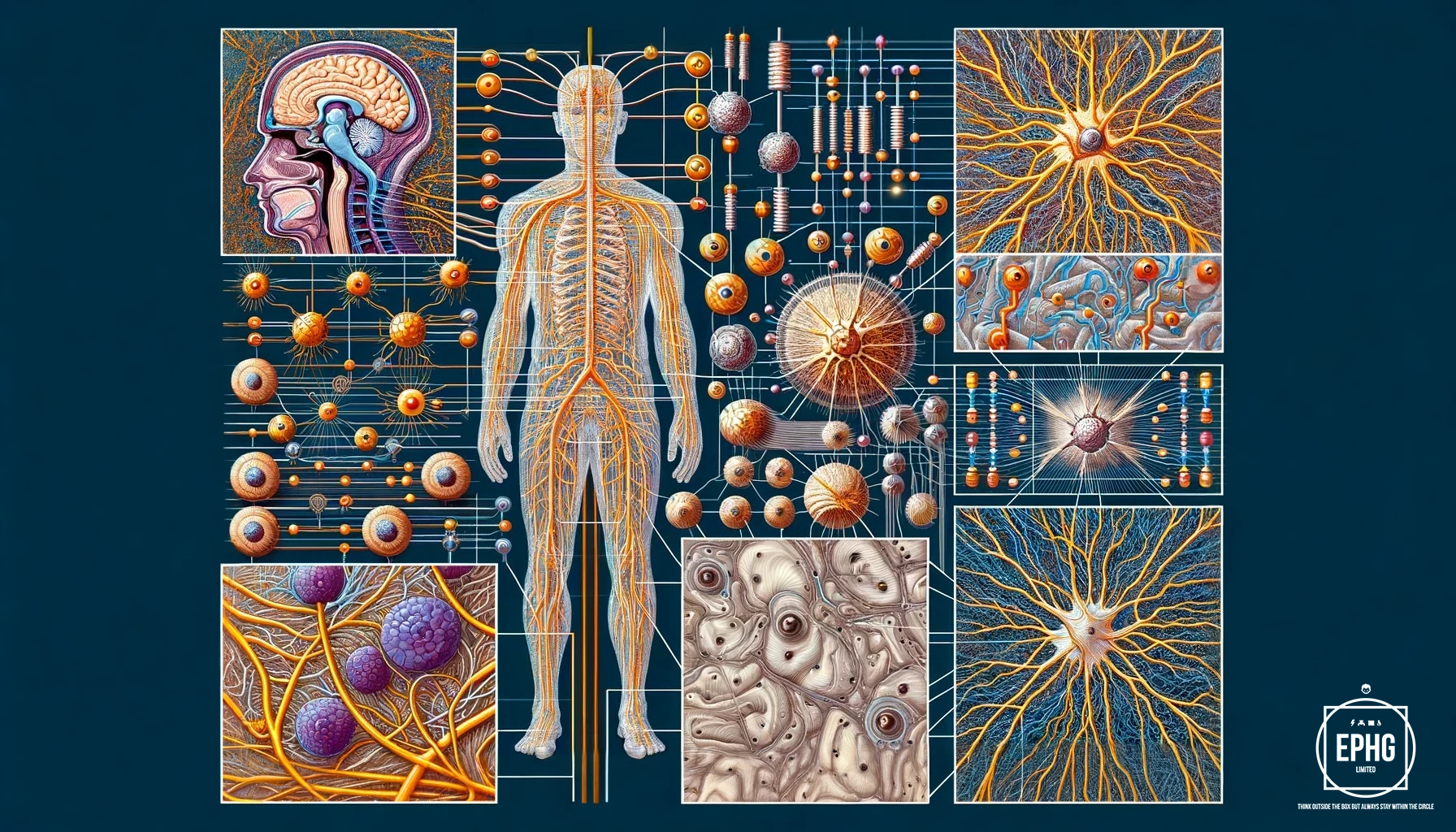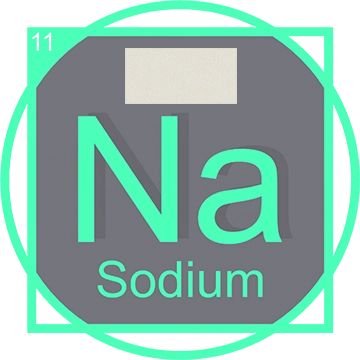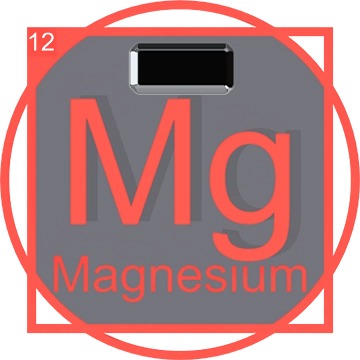The Comprehensive World of Sodium: An Essential Element
Delve into the intriguing details of Sodium (Na), from its early discovery to its pivotal role in modern scientific advancements and technological applications.
Discovery of Sodium: The 1807 Breakthrough
Sodium was first isolated by the eminent chemist Sir Humphry Davy in 1807 through the process of electrolysis of sodium hydroxide. This groundbreaking discovery not only confirmed the elemental nature of Sodium but also introduced a new era in chemical research involving alkali metals.

Davy's experimentation laid foundational knowledge that expanded the scientific community’s understanding of chemical reactivity and elemental properties. This significant milestone in chemistry catalyzed further scientific exploration and paved the way for advancements in the study and application of alkali metals, influencing countless industrial and technological developments. The isolation of Sodium is celebrated as a pivotal event that continues to resonate throughout the scientific world.
Sodium in the Periodic Table: Understanding Its Placement and Properties
Sodium holds the atomic number 11 and is situated in Group 1 of the periodic table. This placement is indicative of its reactive characteristics and its propensity to form essential compounds, such as table salt (NaCl).
Physical and Chemical Properties of Pure Sodium

Sodium is known for its soft texture, low melting point, and highly reactive nature, especially in the presence of water, where it forms sodium hydroxide and hydrogen gas.
Pure Sodium is a silvery-white metal at room temperature, characterized by its malleability and ductility. It has a body-centered cubic crystal structure and a density of about 0.97 grams per cubic centimeter, making it one of the lightest metals. Sodium's remarkable reactivity is due to its single electron in the outermost shell, which it readily loses to form stable Na+ ions, a key feature that significantly influences its chemical behavior in both compounds and reactions.
The Role of Sodium in Science: Biological and Chemical Significance

Sodium, an indispensable element, plays crucial roles across biological and chemical spheres. In biology, Sodium ions are essential for the proper functioning of the nervous system, where they facilitate the transmission of nerve impulses. This occurs through the generation of electrical signals necessary for communication between neurons. Additionally, Sodium is vital in maintaining fluid balance within cells, aiding in nutrient transport and waste removal across cell membranes.
Chemically, Sodium’s reactivity and solvability make it integral to various reactions. It serves as a key component in the production of a wide range of sodium-based compounds, such as sodium carbonate and sodium bicarbonate, which are used in industries ranging from glass manufacturing to baking. The ability of Sodium to form diverse compounds underpins many modern industrial processes, highlighting its significant impact on both applied science and daily life.
Technological Applications of Sodium: From Energy Solutions to Daily Uses

Sodium's applications extend into technology, particularly in energy storage, where Sodium-sulfur batteries provide efficient power solutions. Sodium vapor lamps are another application, illuminating streets with their bright glow.
Sodium in Metallurgy and Manufacturing
In metallurgical processes, Sodium is employed as a powerful reducing agent, essential in the extraction and refinement of several reactive metals.
Production and Mining of Sodium
Sodium is primarily produced through the electrolysis of sodium chloride (NaCl), which involves passing an electric current through molten salt to separate the chlorine and sodium. This process is known as the Downs process, and it is the most efficient method for producing high-purity sodium.
Sodium Mining Sources
Although Sodium itself is not mined, its primary source, salt (sodium chloride), is extensively mined around the world. Major salt mines include the Sifto Salt Mine in Canada, the Khewra Salt Mine in Pakistan, and the Wieliczka Salt Mine in Poland. Common resources found alongside sodium chloride in these mines include minerals like gypsum and magnesium.
Modern Uses of Sodium
Today, Sodium is indispensable in various industries. It is used in the manufacture of glass, paper, and textiles. Sodium is also vital in the chemical industry, particularly in the production of sodium hydroxide and sodium carbonate. Furthermore, Sodium-based batteries, such as sodium-sulfur batteries, are pivotal in energy storage systems, supporting renewable energy integration.
The Future of Sodium

Looking ahead, the role of Sodium in science and technology is set to expand significantly. Innovations in sodium-ion batteries are promising for more sustainable and cost-effective energy storage solutions. Additionally, the use of Sodium in carbon capture technologies could play a crucial role in combating climate change. The versatility and abundance of Sodium ensure that it will continue to be a key player in advancing technology and environmental sustainability.











